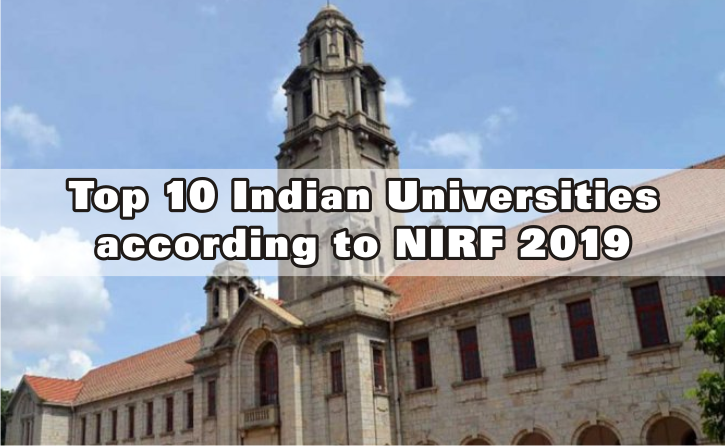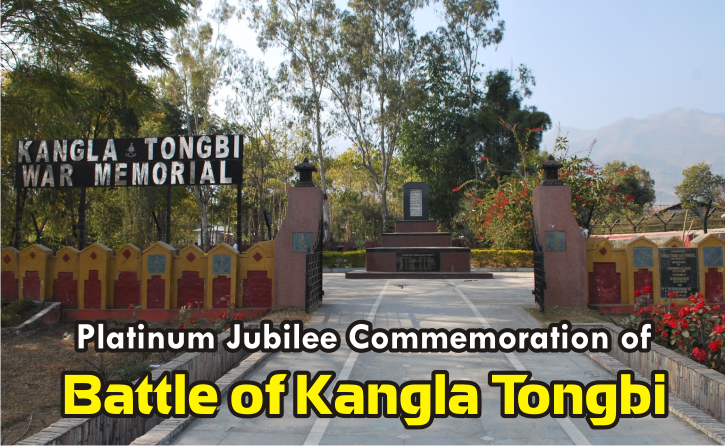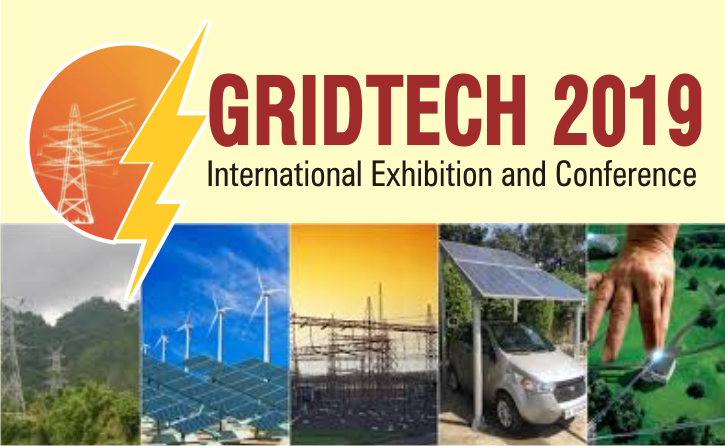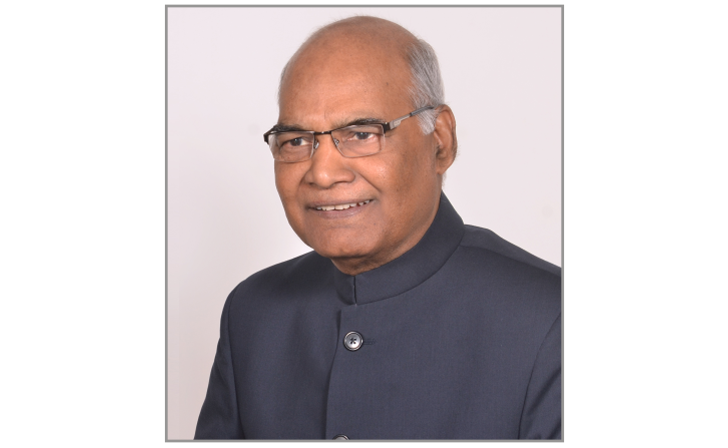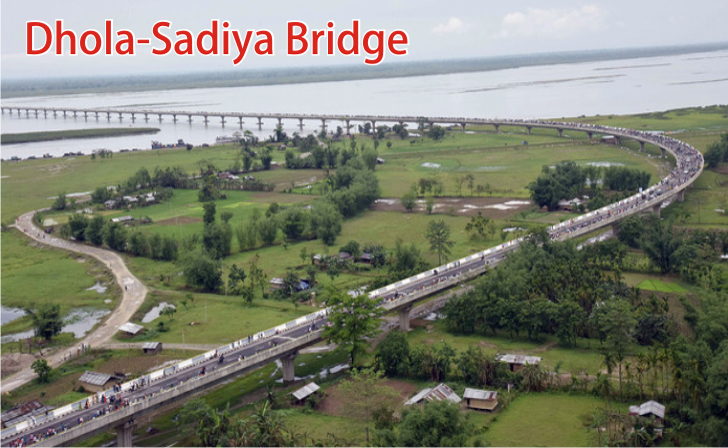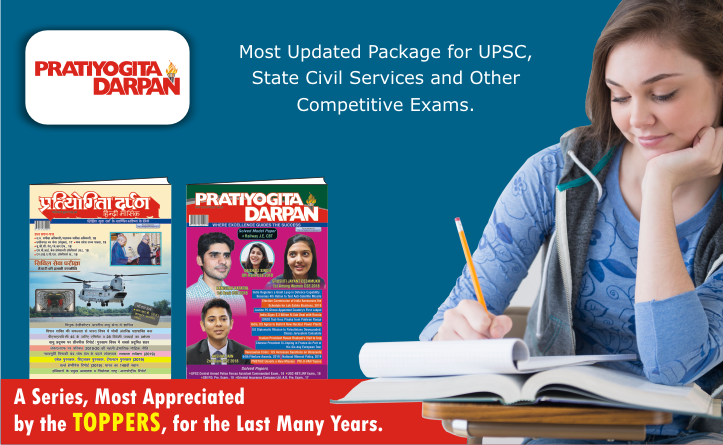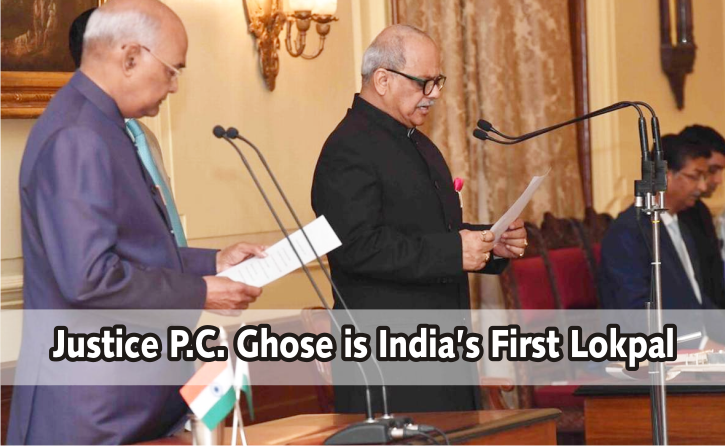“Millennia ago, universities such as those of Nalanda made India an international centre of education and knowledge production. In the 21st century, Indian universities must push themselves to reach a similar status. We owe it to our history and our heritage. Much more than that, we owe it to our young people and our future” said the President Shri Ram Nath Kovind, while releasing National Institutional Ranking Framework (NIRF) India Rankings 2019 under nine categories: Overall, Universities, Engineering, Colleges, Management, Pharmacy, Medical, Architecture, and Law, were released by Ministry of Human Resource Development (MHRD), on 8 April 8 2019 at Vigyan Bhawan, New Delhi.
NIRF has been awarding ranks to Universities in the country, based on specified parameters of ‘teaching, learning and resources, research and professional practices, graduation outcomes, outreach and inclusivity, and perception’. Top 10 universities in India in the order of rankings as per NIRF Rankings 2019 and Atal Ranking of Institutions on Innovation Achievements (ARIIA) Awards are as under:
- Indian Institute of Science, Bengaluru that aims to be among the world’s foremost academic institutions through the pursuit of excellence in research and promotion of innovation by offering a world-class education to train future leaders in science and technology and by applying science and technology breakthroughs for India’s wealth creation and social welfare.
- Jawaharlal Nehru University, New Delhi is the foremost university in India and a world-renowned centre for teaching and research. Ranked number one in India by the National Assessment and Accreditation Council (NAAC) with a Grade Point of 3.91 (on a scale of 4), JNU was ranked No. 3 among all universities in India by NIRF, in 2016 and No. 2 in 2017. JNU also received the Best University Award from the President of India in 2017.
- Banaras Hindu University, Varanasi, formerly Central Hindu College, is a Public Central University located in Varanasi, Uttar Pradesh. It was established in 1916 by Madan Mohan Malaviya. With over 30000 students residing in campus, it claims the title of the largest residential university in Asia.
- University of Hyderabad, its office of International Affairs provides leadership, advocacy, and support for University-wide international activities in order to achieve coherence and integration of international programmes and services. The mission is accomplished by serving as the focal point for the oversight, coordination, and management of University’s international programmes, services, and resources. The University of Hyderabad promotes international exchanges in the firm belief that the fruits of academic research and educational endeavours should benefit all of humanity.
- Calcutta University, Kolkata, established on 24 January 1857, is a Collegiate Public State University located in Kolkata, West Bengal, India. It was the first institution in Asia to be established as a multidisciplinary and secular Western-style university. Within India it is recognized as a “Five-Star University” and Accredited “A” Grade by NAAC and declared as a “University with Potential for Excellence” & a “Centre with Potential for Excellence In Particular Area” by University Grants Commission.
- Jadavpur University, Kolkata has successfully established itself as a foremost Indian University with a vast repertoire of courses offered, an enviable list of faculty members and has come to be known for its commitment towards advanced study and research.
- Anna University, Chennai, established on 4 September 1978, is a state technical university in Tamil Nadu, India. The main campus is in Guindy, Chennai and its satellite campus is in Chromepet, Chennai.
- Amrita Vishwa Vidyapeetham University, Coimbatore is multi-campus, multi-disciplinary research academia that is accredited ‘A’ by NAAC and is ranked as one of the best research institutions in India. Amrita is spread across six campuses in three states of India – Kerala, Tamil Nadu and Karnataka, with the headquarters at Ettimadai, Coimbatore, and Tamil Nadu. Amrita Vishwa Vidyapeetham continuously collaborates with top US universities including Ivy League universities and top European universities for regular student exchange programmes and has emerged as one of the fastest growing institutions of higher learning in India.
- Manipal Academy of Higher Education, Manipal, formerly known as Manipal University, is a private research institute deemed to be university located in the university town of Manipal, Udupi, Karnataka, India. Manipal Academy of Higher Education has branch campuses in Dubai and Mangalore. It also has sister campuses in Sikkim and Jaipur. It is a member of the Association of Commonwealth Universities.
- Savitribai Phule Pune University, Pune, the main educational centre of Maharashtra Savitribai Phule Pune University that offers excellent programs in various areas including Science, Commerce, Arts, Languages and Management Studies, is one of the finest and most popular educational centres in the city of Pune, which houses many well-known, established institutes and colleges. Numerous students from every corner of India and the world come to Pune, a quite safe and peaceful city as compared to other educational centres in India.

